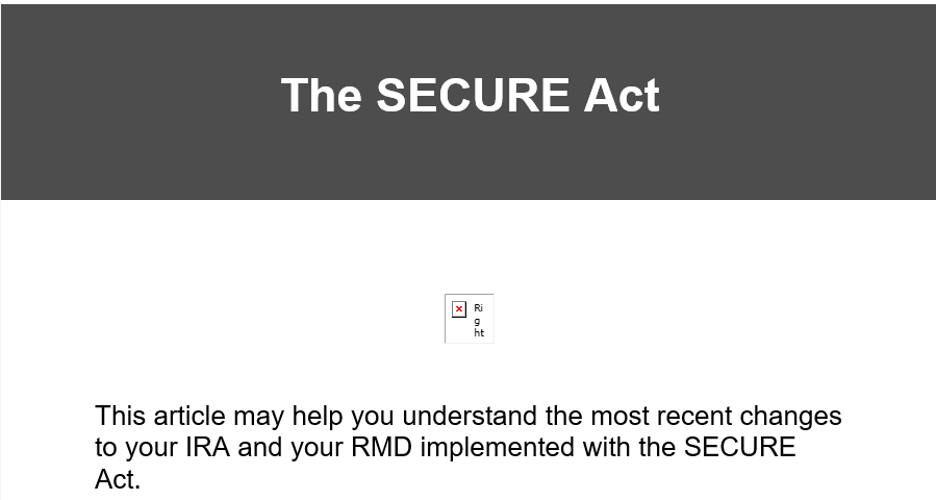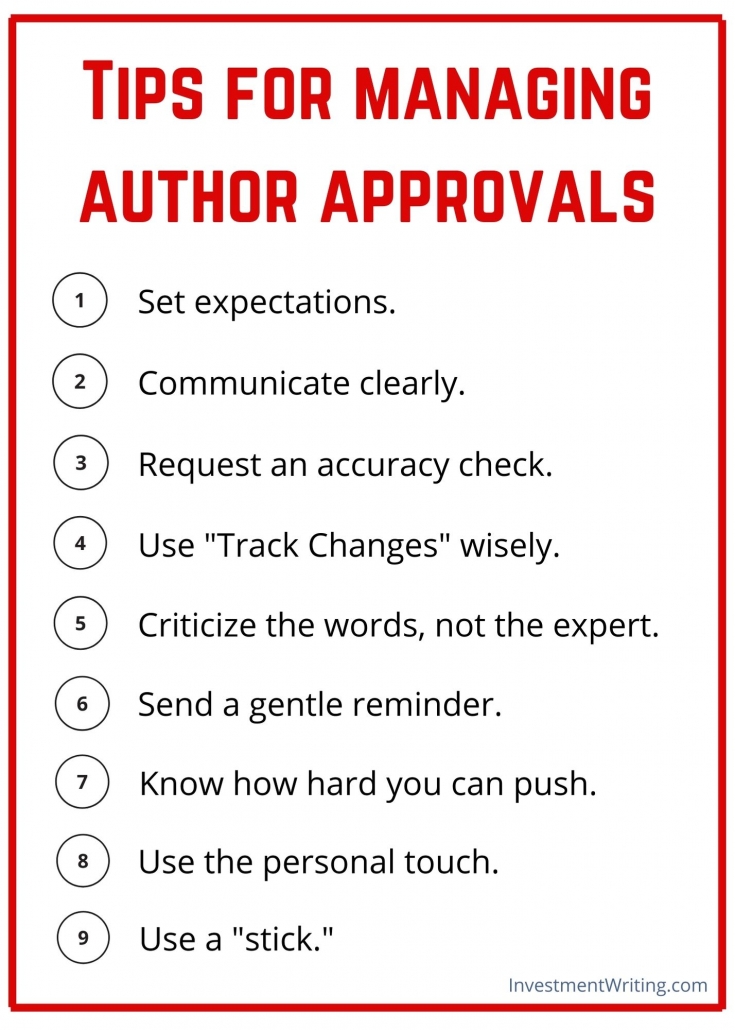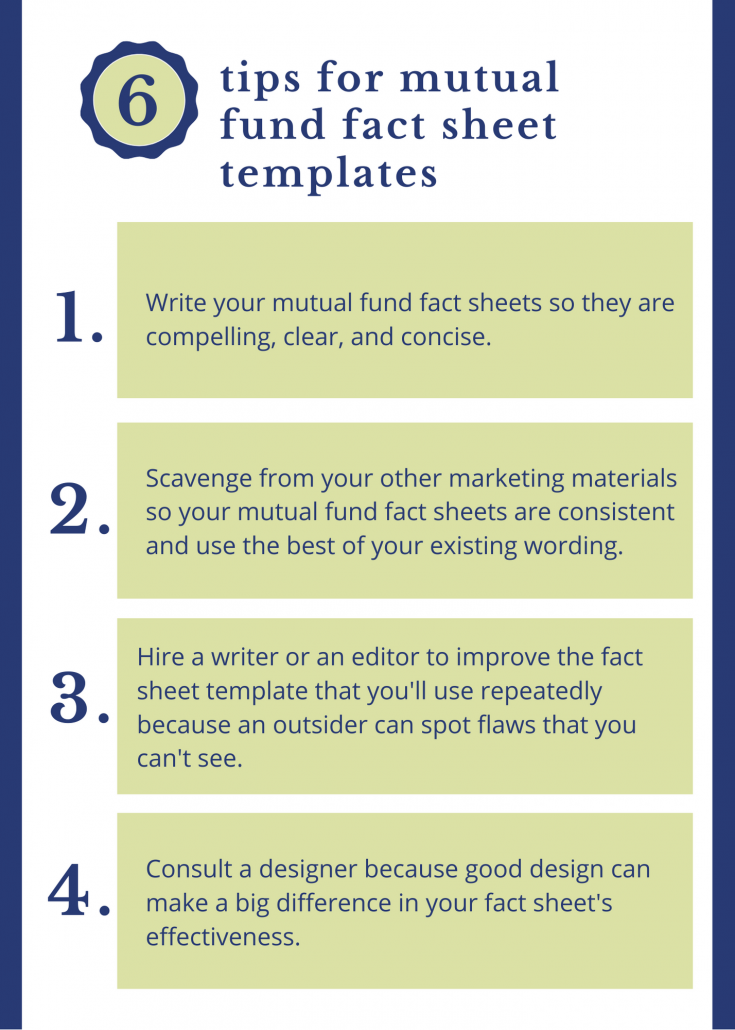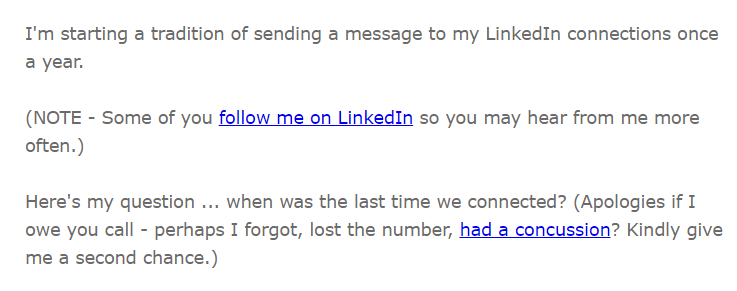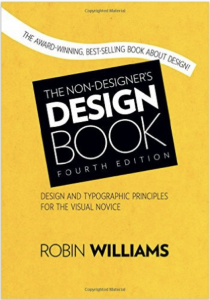Financial advisors, a media platform can boost your business
I heard good things about Qwoted, a platform that connects reporters with sources, from some writer friends. So, I asked the firm for a guest post on how advisors can benefit from such platforms, which also include HARO and ProfNet. The post below by Madelynne Kislovsky, Qwoted’s deputy editor and marketing manager, is the result.
Madelynne told me, “Over 400 financial advisors use Qwoted, thanks to dozens of weekly source requests from reporters looking for insights from wealth managers and financial planners.”
Financial advisors, a media platform can boost your business
By Madelynne Kislovsky
Securing earned media opportunities is a crucial element of any marketing strategy. A necessary first step to garnering  free media coverage is building relationships with reporters, which boosts the chances of getting your quotes and ideas in front of the audiences of top publications. The coverage you gain as an expert in your field will play a valuable role in the perception of your business by establishing you as a trustworthy source in your industry. Hiring a PR company to manage this can be costly and attempting to secure media opportunities with no guidance often stretches small business owners too thin.
free media coverage is building relationships with reporters, which boosts the chances of getting your quotes and ideas in front of the audiences of top publications. The coverage you gain as an expert in your field will play a valuable role in the perception of your business by establishing you as a trustworthy source in your industry. Hiring a PR company to manage this can be costly and attempting to secure media opportunities with no guidance often stretches small business owners too thin.
While doing it yourself can be intimidating, there are platforms that assist with obtaining media coverage fast. Qwoted helps professionals in any field cut through the noise and connect with reporters who are looking for specific information around a particular topic. Reporters can also search Qwoted’s media database directly to find vetted, relevant sources. As a member of the Qwoted community, you’ll receive relevant source requests daily, which provide context around your outreach to reporters and propel you as a credible media source.
Sharing your expertise is never a poor choice, as any brand can benefit from securing earned media coverage on either the local or national level. However, reaching out to a journalist requires a collaborative approach. Keep the reporter’s needs in mind throughout the conversation, especially because most good journalists can sniff out your motives right away.
Here are some tips:
- Respond to source requests as soon as possible to increase your chances of securing the media opportunity.
- Include written responses to reporters’ questions in your initial pitches. You’ll make the reporter’s job simpler by immediately providing what they’re after. This will improve your chances of being included in the story.
- Stay away from lengthy anecdotes and “TL;DR” paragraphs.
- Be thoughtful and offer value without expecting anything in return. The ultimate goal is to build relationships with the media. This approach will provide more returns in the long term.
- Do a bit of research on the journalist beforehand to learn about the topics they cover.
- Make sure you have a plan should you receive a piece of coverage. You’ll want to leverage your earned media across your website, social channels, and directly with customers and prospects.
Garnering earned media opportunities doesn’t have to be expensive, difficult, or time-consuming. Make the most of your time by securing media opportunities the smart way. Research affordable alternatives and find which media request platform works best for your business model. You’ll find yourself securing opportunities and expanding your brand faster than you thought possible.

